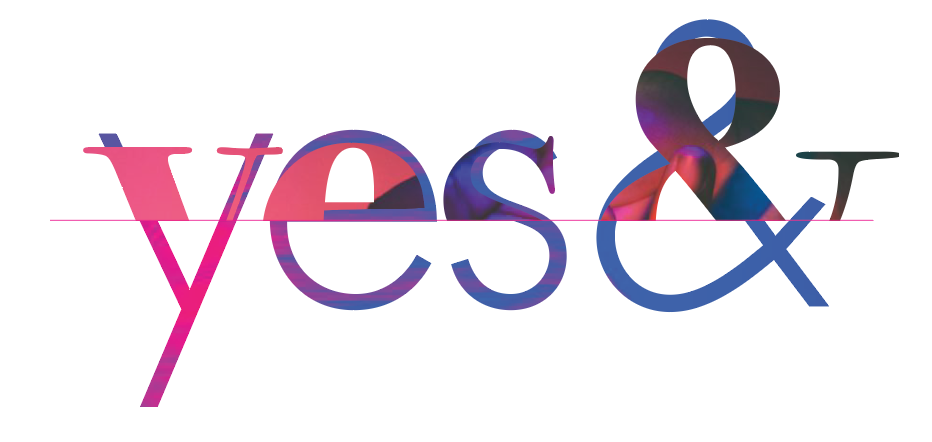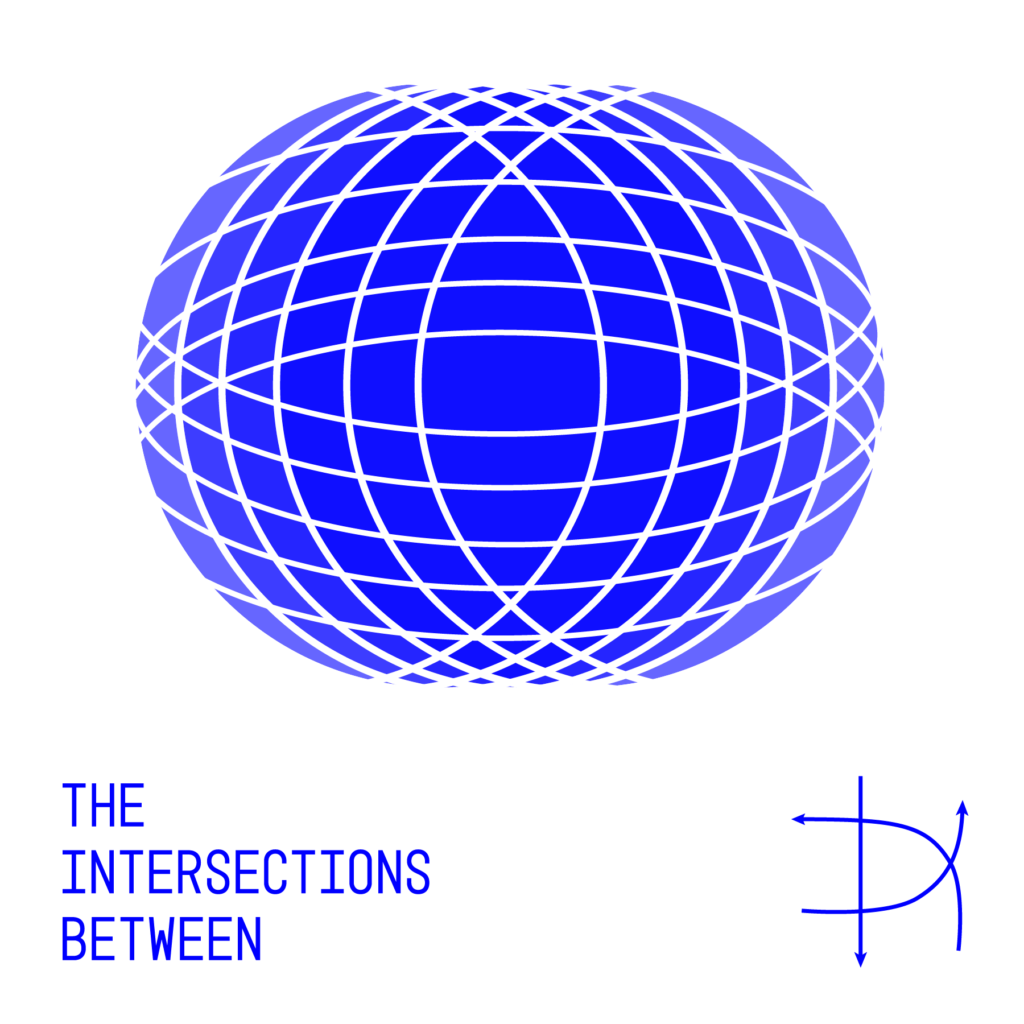Reading | When Biometrics Fail by Shoshana Amielle Magnet
In the book When Biometrics Fail, Shoshana writes that when biometric technology is used there is this idea that our bodies are no longer private, but public entities to be analyzed and examined into data points. Yet with this in mind, it is only certain bodies that are noticed and only the visible is recorded. Biotech cameras, for example, fail to see the network and relationships between people. So the question becomes, what is the designer’s role at this intersection between technology (biometrics) and the human on the other side?
How do we design for boundaries within the tech sector and what design skillset do we need to cultivate in order to create culturally aware technology?
Reading | All Technology is Assistive by Sara Hendren + Website
Expanding on this idea of intersection and our role as designers, I’d like to bring up Sara Hendren’s work and writing that explores the idea that if we design for the “outliers” we will find solutions that work for the “average”. In her project Slope: Intercept, Sara combines issues around wheelchair accessibility on city sidewalks with a skateboarder’s unwelcomed presence in urban centers to demonstrate the power of inclusive design. When we focus on those in the margins, we can discover opportunities for the masses. In Sarah’s case, by focusing on the intersection of needs she was able to create something novel that functioned for more than one type of body.
How do you think about “outliers” in your own design process? Have you found inspiration in the intersection of users’ needs?
Resources:
As a designer, I find language a powerful tool. I see how the simple shift in language can communicate drastically different things. For example, in Sarah Hendren’s portfolio, she stresses the importance of using adaption vs. assistive when talking about technology in the context of design. Adaptive implies change, while assistive implies a linear approach and it is an important distinction when considering technology and its function. I like this idea of adaptability within design and without her explicit definition of these terms, I might not have explored or even considered this concept. So, in my effort to find more guidance in the realm of inclusivity, I came across this article…
An Incomplete Guide to Inclusive Language for Startups and Tech

